Bird Feathers - Facts & Information Guide For Feathers
5 (146) · $ 14.00 · In stock

Birds are the only animals on our planet to have feathers. Feathers evolved from reptilian scales and even today, birds still have scales on the lower parts
:max_bytes(150000):strip_icc()/185227788-589cfeca3df78c4758791998.jpg)
Feather: Anatomy and Function
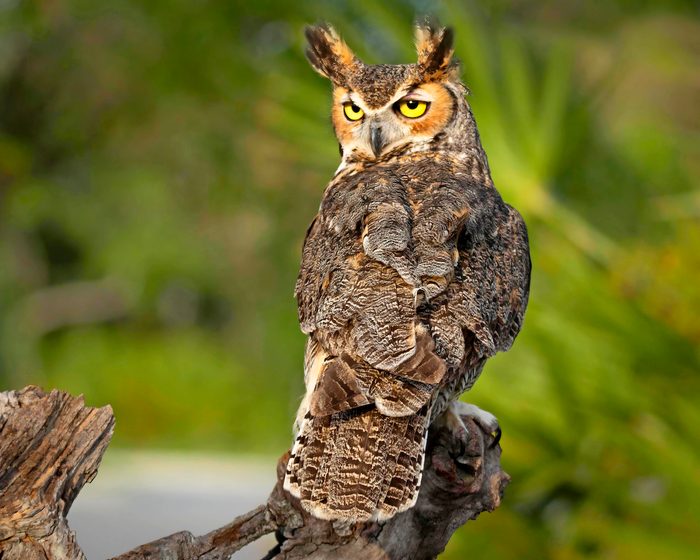
13 Fabulous Facts About Extreme Bird Feathers - Birds and Blooms

BIRD WING FEATHERS: A SIMPLE GUIDE TO THE MYSTERIES
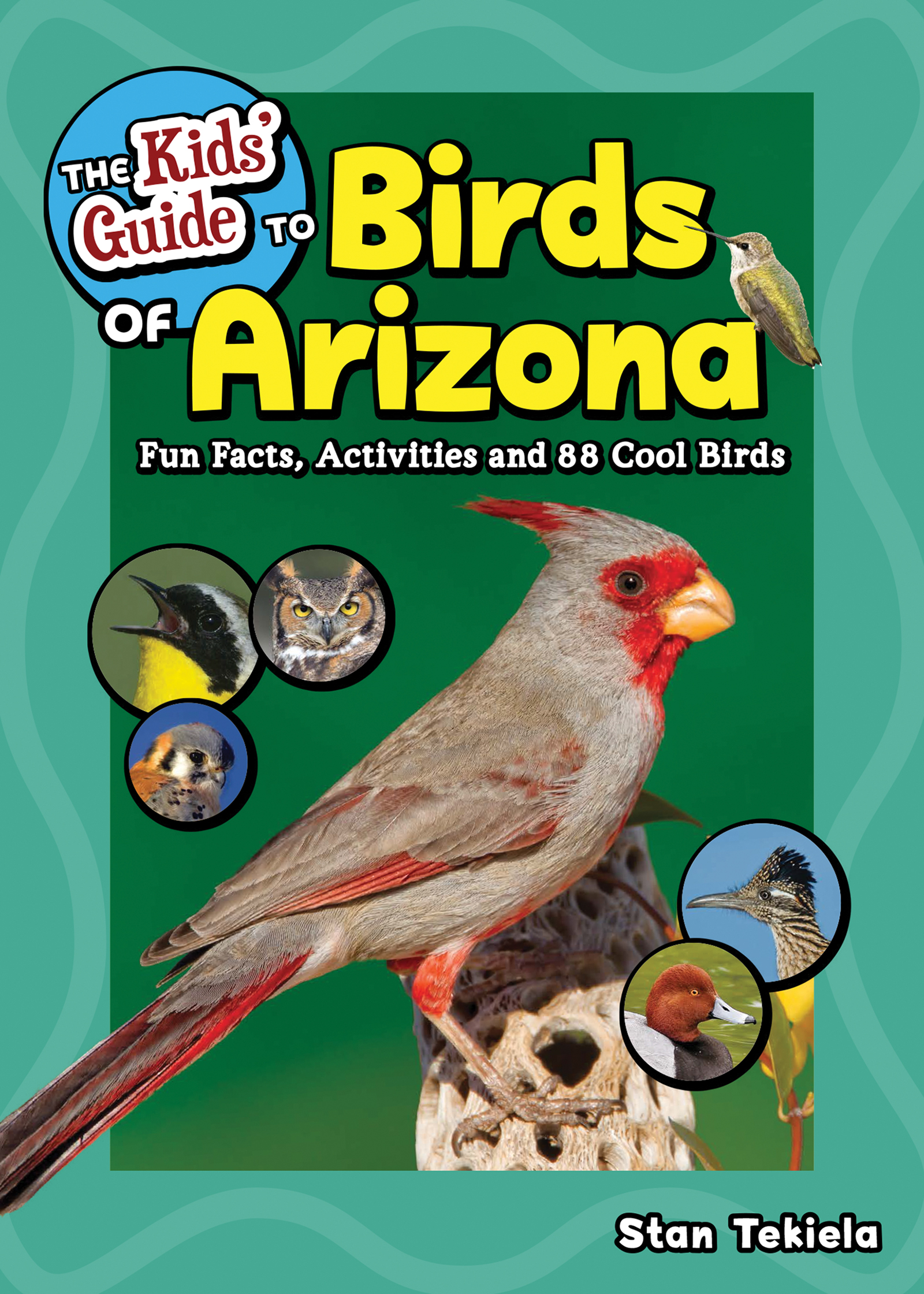
The Kids' Guide to Birds of Arizona - AdventureKEEN Shop
FanFlex: Lightweight flexible crests and patches that fold easy. - FanTex: An all-new super comfortable soft fabric. - FanFit: The authentic on-ice

Feathers: Not Just for Flying

Feathers

Everything You Need to Know About Feathers - Bird Watching Academy

5 INTERESTING FEATHER FACTS
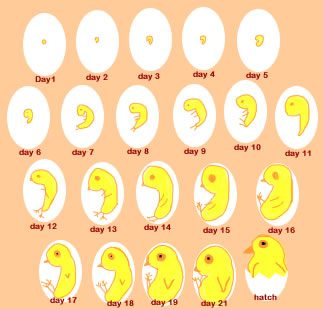
Chicken Egg Anatomy - Information & Facts On Eggs

Feathers, ASU - Ask A Biologist
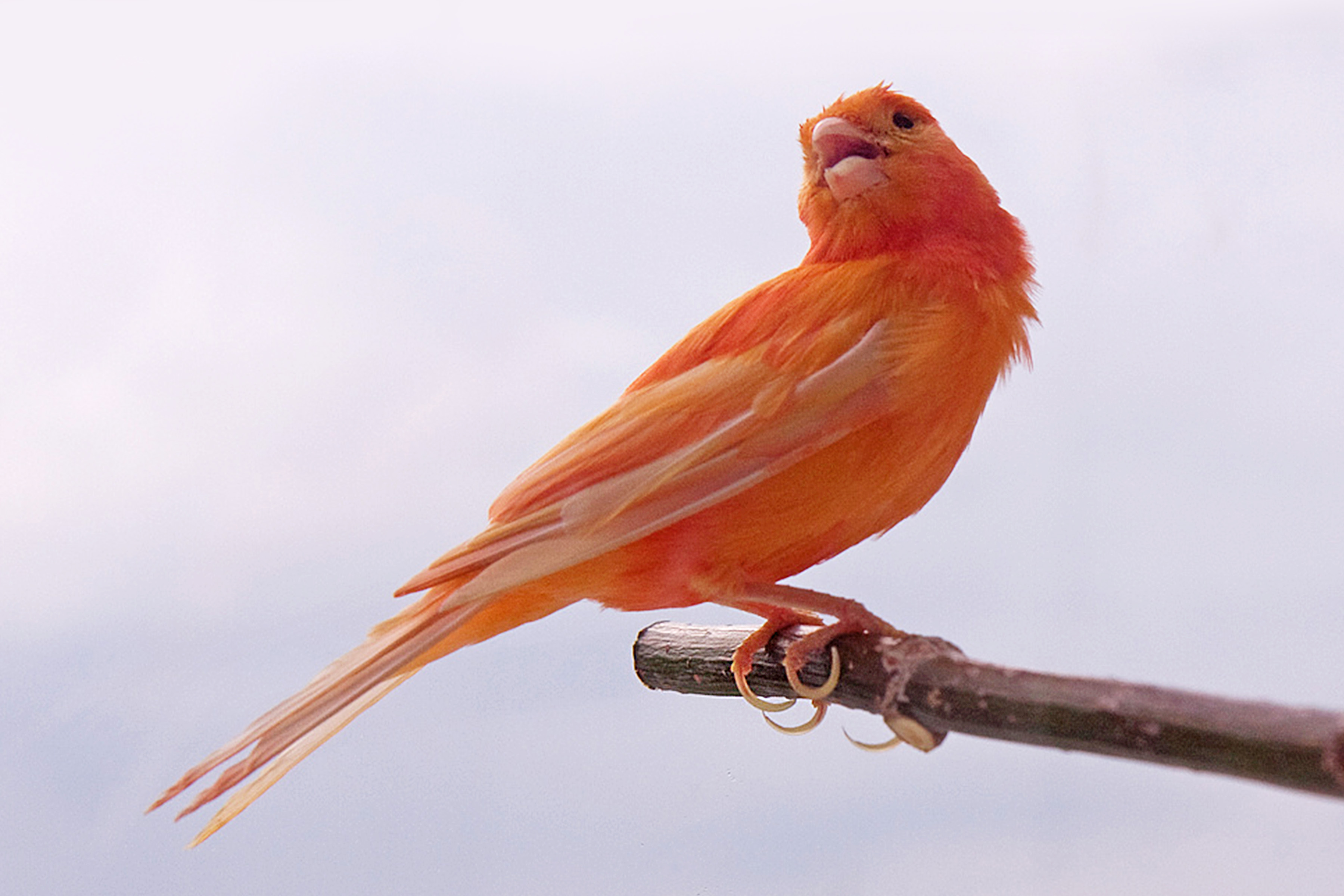
How did cardinals get those bright red feathers? – Washington University School of Medicine in St. Louis
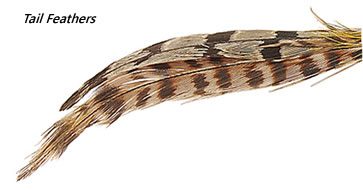
Bird Feathers - Facts & Information Guide For Feathers

Bird, Description, Species, Classification, Types, & Facts
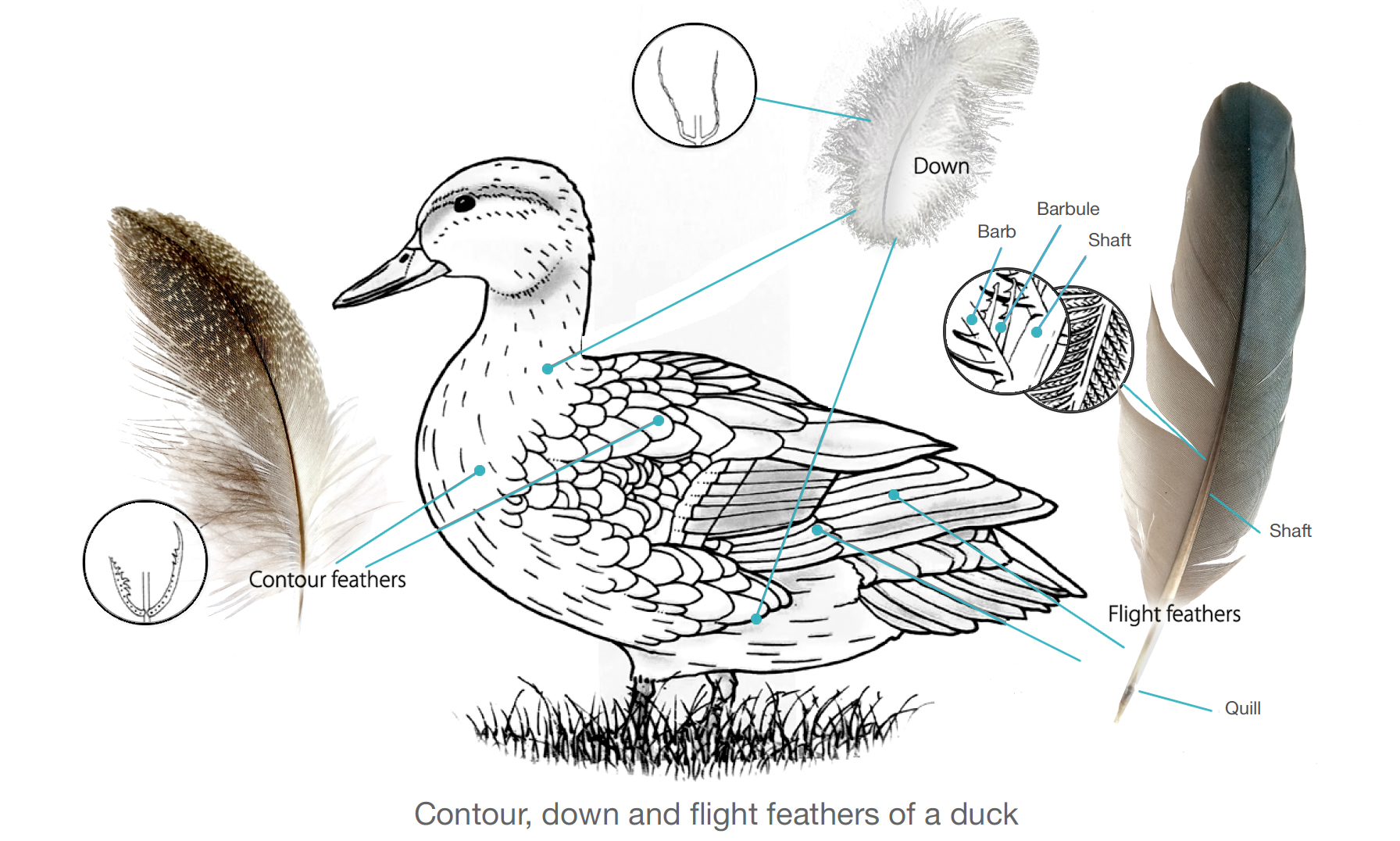
Whio feathers – what are they for? — Science Learning Hub







